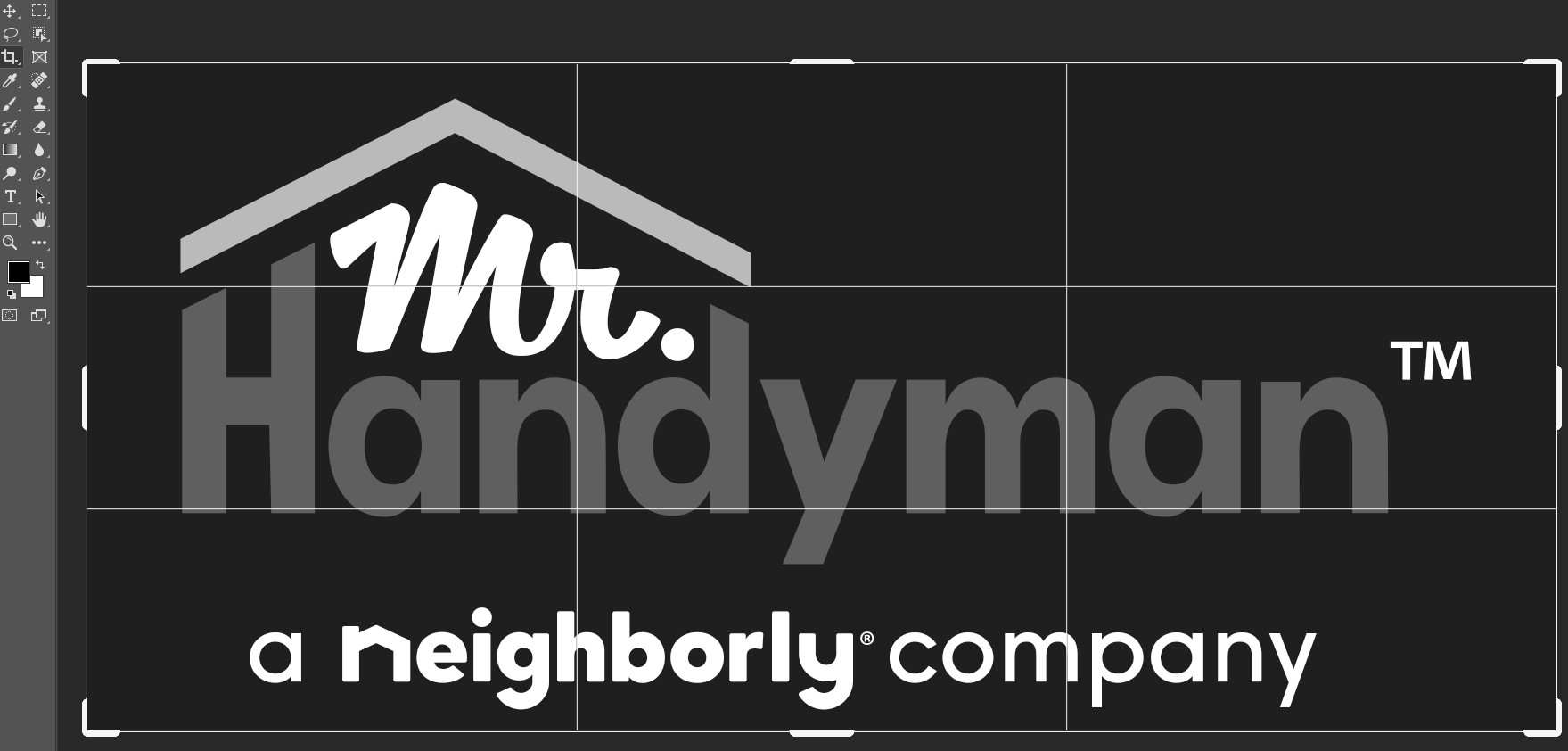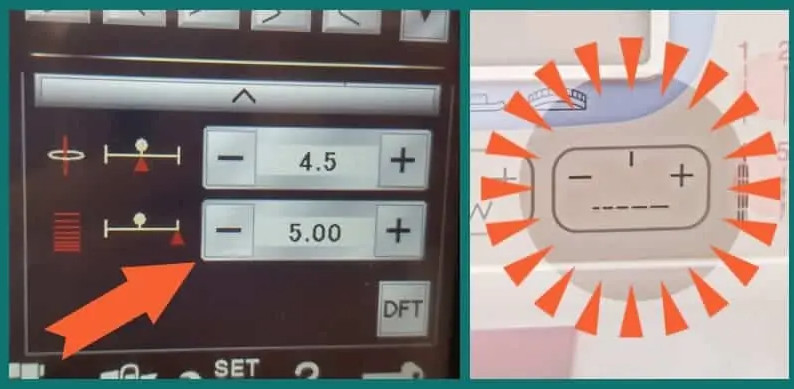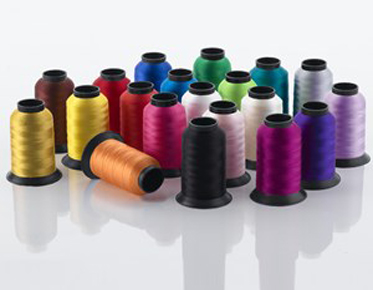Everything You Need to Know About Screen Printing
Screen printing is a popular method
of printing designs and images onto a wide range of materials, including
textiles, paper, and plastics. It is used in a variety of applications, from
creating custom t-shirts and tote bags to producing high-quality posters and
signage.
What is Screen Printing?
Screen printing is a printing technique that involves using a stencil or mesh screen to transfer ink onto a substrate. The stencil or mesh screen is stretched tightly over a frame, and the ink is applied using a squeegee. The ink passes through the openings in the stencil or mesh screen and is transferred onto the substrate.
How Does Screen Printing Work?
The first step in the screen printing process is to create a stencil or mesh screen. This can be done using a variety of methods, including hand-cutting a design into a stencil material or using a computer to create a digital image that is then transferred onto the screen.
Once the stencil or mesh screen is created, it is attached to a frame and stretched tightly. The substrate is then placed underneath the screen, and ink is applied to the top of the screen. A squeegee is used to press the ink through the openings in the screen and onto the substrate. The process is repeated for each color in the design, with each color requiring a separate screen.
Why is Screen Printing So Popular?
Screen printing is popular for several reasons. First, it can be used to print on a wide range of materials, from fabric to paper to plastics. This makes it a versatile technique that can be used for a variety of applications.
Second, screen printing allows for the use of a wide range of colors and special effects, including metallic inks, glitter inks, and glow-in-the-dark inks. This allows for the creation of highly customized and eye-catching designs.
Finally, screen printing is a durable printing technique that produces long-lasting designs. This makes it ideal for items that will be used frequently, such as t-shirts and tote bags.
Will Screen Printing Ink Wash Out?
Screen printing ink typically will not wash out easily if it has been properly cured. Curing is the process of applying heat to the ink after it has been printed on the fabric or material. This process allows the ink to bond with the fibers of the fabric, creating a durable and long-lasting print.
However, if the ink has not been properly cured or if the fabric has not been washed according to the manufacturer's instructions, the ink may start to fade or wash out over time. Additionally, some types of screen printing ink are designed to be more resistant to washing than others, so it's important to choose the right type of ink for your project.
To ensure that your screen printing ink doesn't wash out, it's important to follow the manufacturer's instructions for curing and washing the fabric. This may involve using a heat press or oven to cure the ink, and washing the fabric in cold water and avoiding harsh detergents or bleach. With proper care, a screen printed design should last for many washes without fading or washing out.
Whether you're looking to start a screen printing business, create custom merchandise for your band or brand, or simply try a new hobby, there are plenty of resources available to help you get started. By learning the basics of screen printing and practicing your skills, you can create stunning, professional-quality prints that are sure to impress. So why not give screen printing a try and see where your creativity takes you?
Screen printing uses vector graphics that eagle digitizing is adept at. Contact eagle digitizing to create vector graphics for you before you begin printing.



